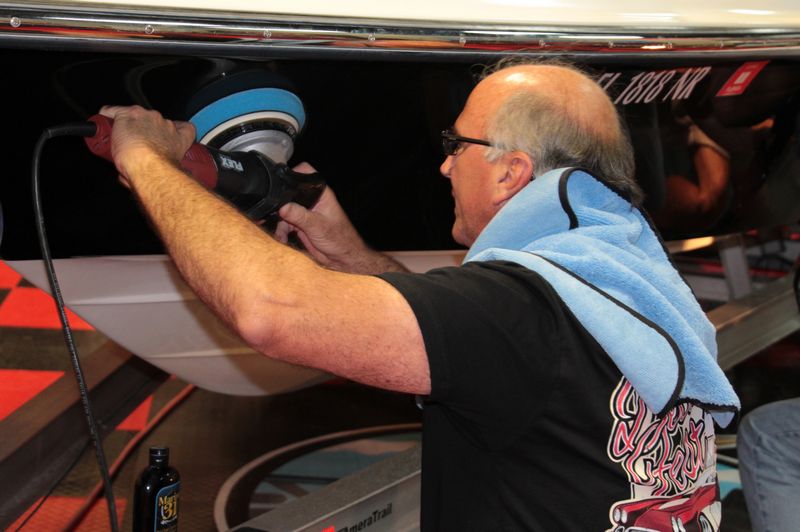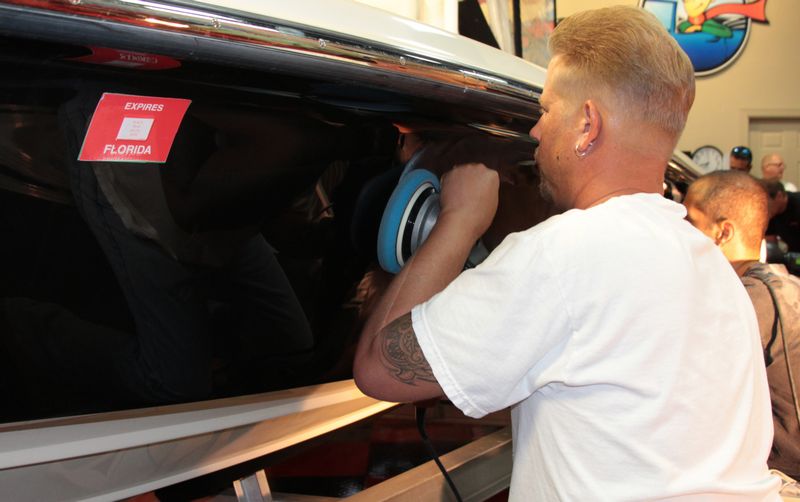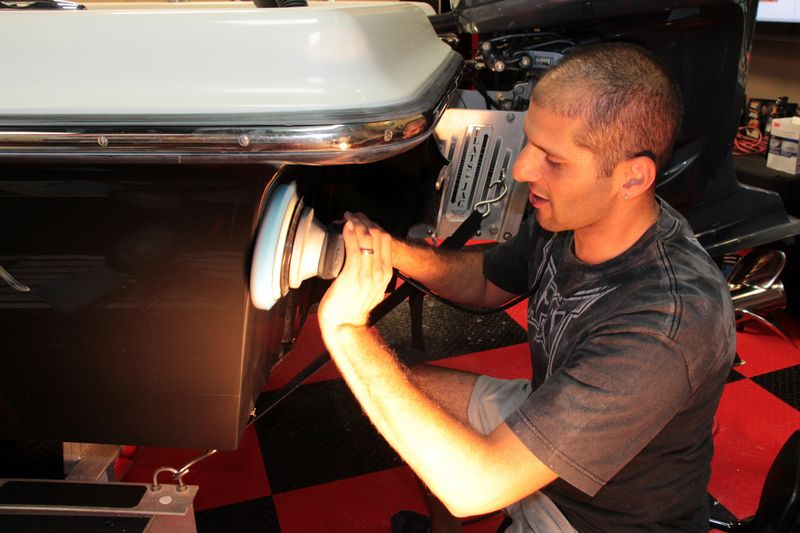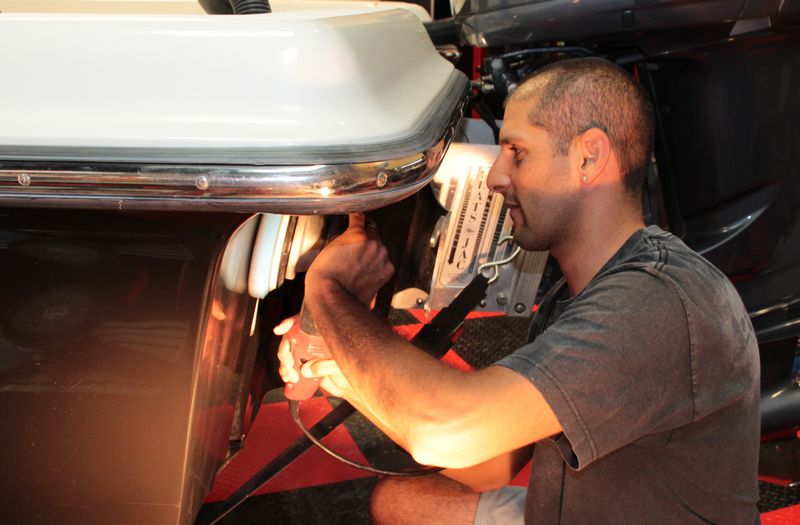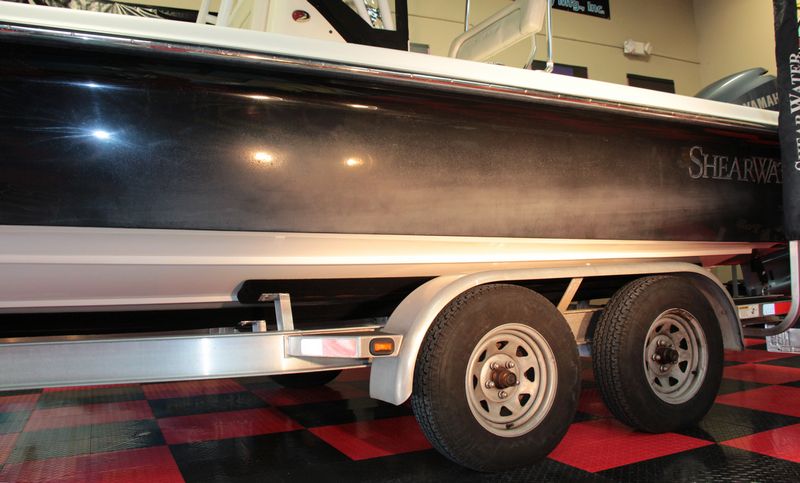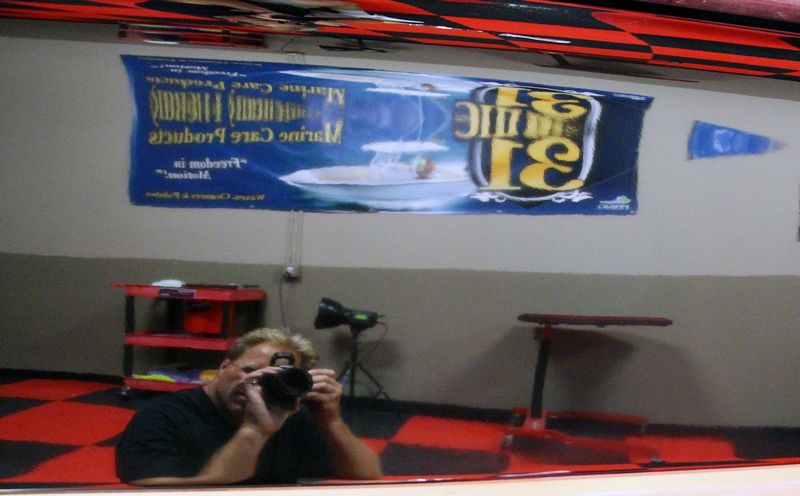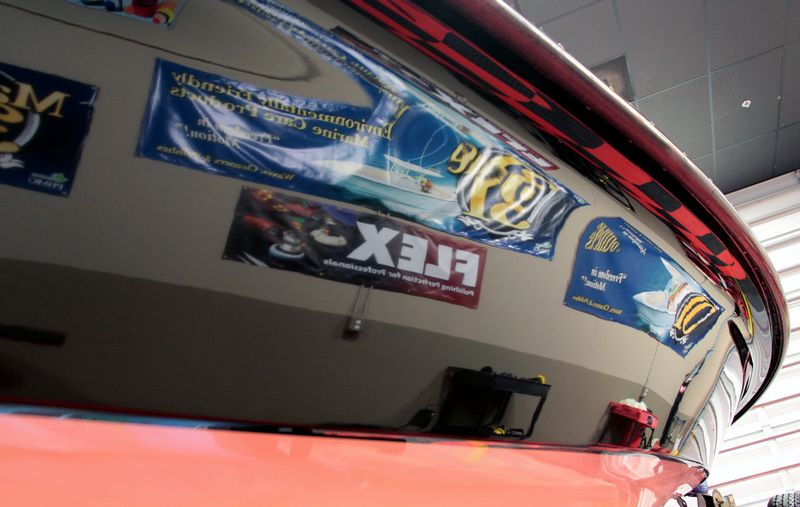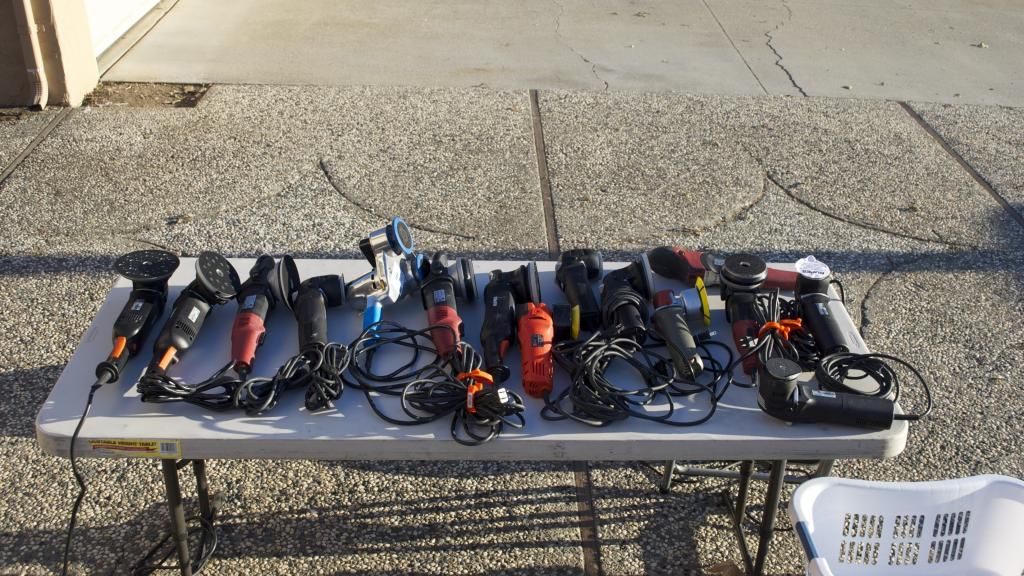I'm going through this issue right now. Coming from a porter cable.
I'm leaning towards the flex, as I also have a boat I like to keep up.
I feel the flex will be the winner when it comes to gel coat.
Thoughts?
The Flex 3401 is THE way to go for boat detailing for a number of reasons but the only way it serves the purpose is if you stay up on the maintenance of the gel-coat to start with.
If you let gel-coat get to where it's in HORRIBLE condition then it's either,
Compound with a wool pad on a rotary buffer
Wetsanding and then compounding with a rotary buffer.
But for mild to light oxidation or boats still in great shape the Flex 3401 will get the job done the fastest without any pad stoppage.
Here's our boat detailing threads since bringing up Marine31Online.com
Pictures and Comments from Boat Detailing Projects
Plenty of pictures of the Flex 3401 in action in most of the threads in the above forum group.
Here's the best thing, if you do have to remove oxidation, simply throw on a traditional wool pad like you would use with a rotary buffer and either get a super high quality compound like our Captains One-Step Compound Polish or a great one-step cleaner/wax and go to town.
The pad you want for removing oxidation on a boat with a Flex 3401 is the same one I show in this thread for buffing paint.
My recommended buffing pads for the Flex PE14
Large Wool Cutting Pad
Technically the pad I'm recommending is a "finishing" pad not a "cutting" pad but here's the deal.
First - Fiber pad cut more aggressively than foam pads because each of the individual fibers that make up a wool pad are a type of abrasive in and of themselves and each fiber can and will
cut the paint. So the fiber itself is a type of abrasive and this is why guys that finish out with only wool pads on rotary buffers leave holograms in their customer's paint.
Second - The difference between a wool
cutting pad and a wool
finishing pad is the
degree of aggressiveness. In the
BIG PICTURE when comparing wool pads to foam pads and in the context of using these pads on a rotary buffer, either type cutting or finishing is going to do a GREAT job of abrading or cutting the surface compared to any foam pad. This is key to doing the correction step in the fastest and most effective way.
If you work in a
body shop and have to cut new paint jobs all day long every day then by all means get a wool
cutting pad.
If you're detailing cars and thus not normally wetsanding the paint first, then simply by using a wool
finishing pad for any heavy or major correction job, this will put you miles ahead
time-wise versus using a foam cutting pad.
Plus wool pads cut
cooler than foam cutting pads and this is important because it's not good to heat up clearcoat paints. Even though you might read someone on another forum say something like,
You need to heat the clearcoat up in order break down the abrasives
or
You need to heat the clearcoat up in order to re-flow the paint
Both of these statements and practices are
wrong and this is called
destructive paint polishing.
(See page 124 of
The Complete Guide to a Show Car Finish)
So if you're mostly doing
reconditioning work aka detailing cars, then you'll do fine and be safer plus be able to do any follow up polishing steps faster by sticking with the pad I recommend below instead of a full-on, hardcore wool cutting pad.
Flex recommends using 8" wool pads
and smaller with the Flex PE14 so the below wool pad is perfect at 7.5" and is called the Lake Country 7.5" Electrified Sheepskin Final Polishing Pad.
Electrified?
The word electrified means Lake Country has taken the extra step to
electrify the wool which
removes the natural sharp barbs found in wool creating a pad that cuts fast but finishes with less scouring of the paint. This is a real benefit when buffing thin, scratch-sensitive clearcoat finishes.
Note: I see a few guys come to this forum and recommend using a brand of black wool pads so just to note, these pads
have the barbs.
Link to 7.5" Electrified Wool Finishing Pad
For polishing gel-coat to a high gloss finish get the 6.5" Blue Hybrid Light Cutting FOAM pad like you see us using on this black gel-coat boat for the last machine polishing step.
How to wetsand, cut and buff a gel-coat boat
Teamwork
Check out this shot, first there's John polishing up front, then Jay in the middle, followed by Chris!
John
Jay
Chris
Chris can always be trusted to do the job right!
Before
After
I'd recommend getting a copy of my latest
how-to book it's jam-packed with tips and techniques for using the Flex 3401.
:dblthumb2:

